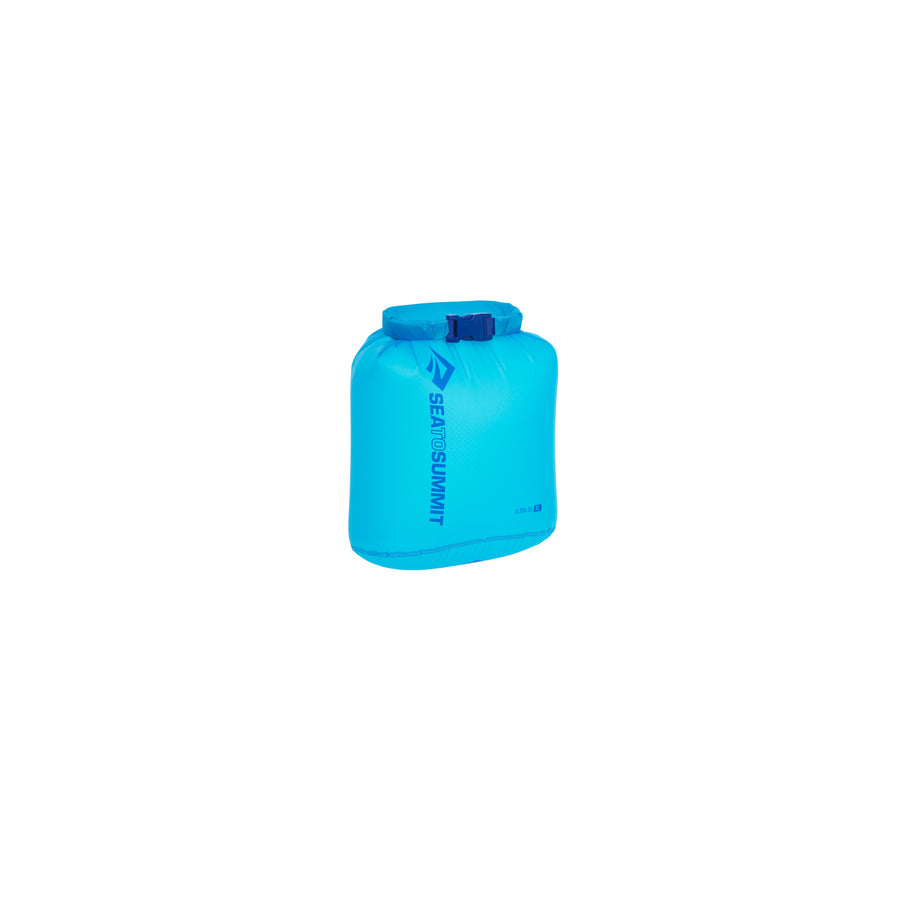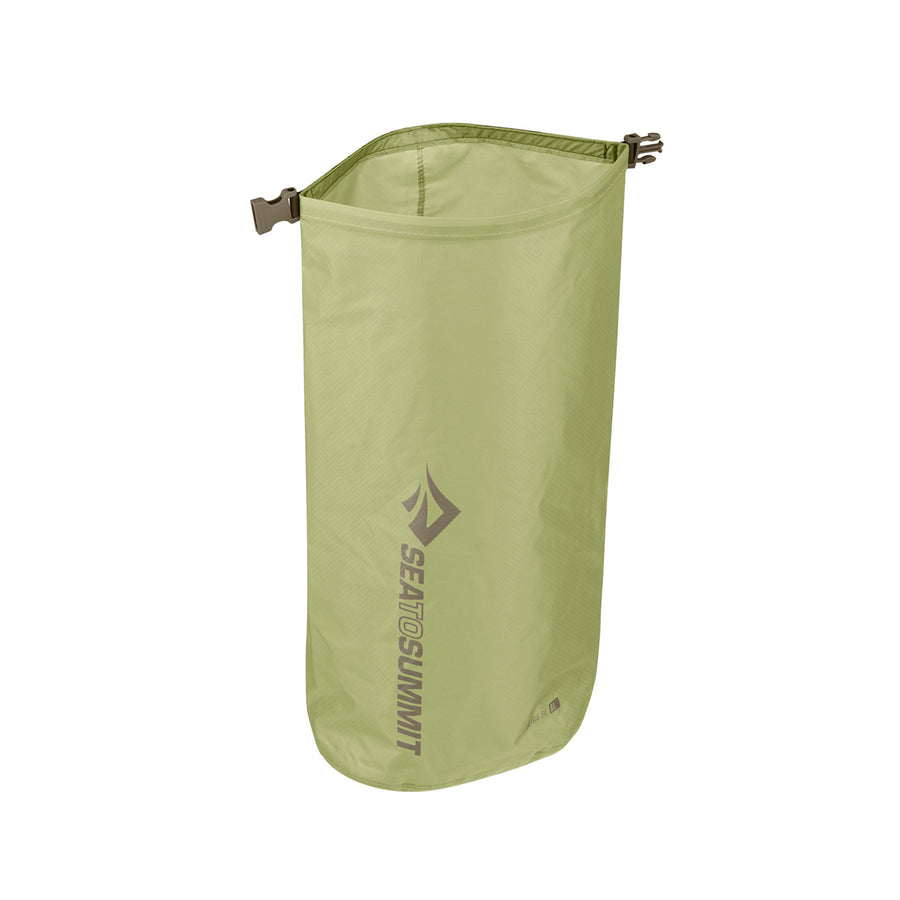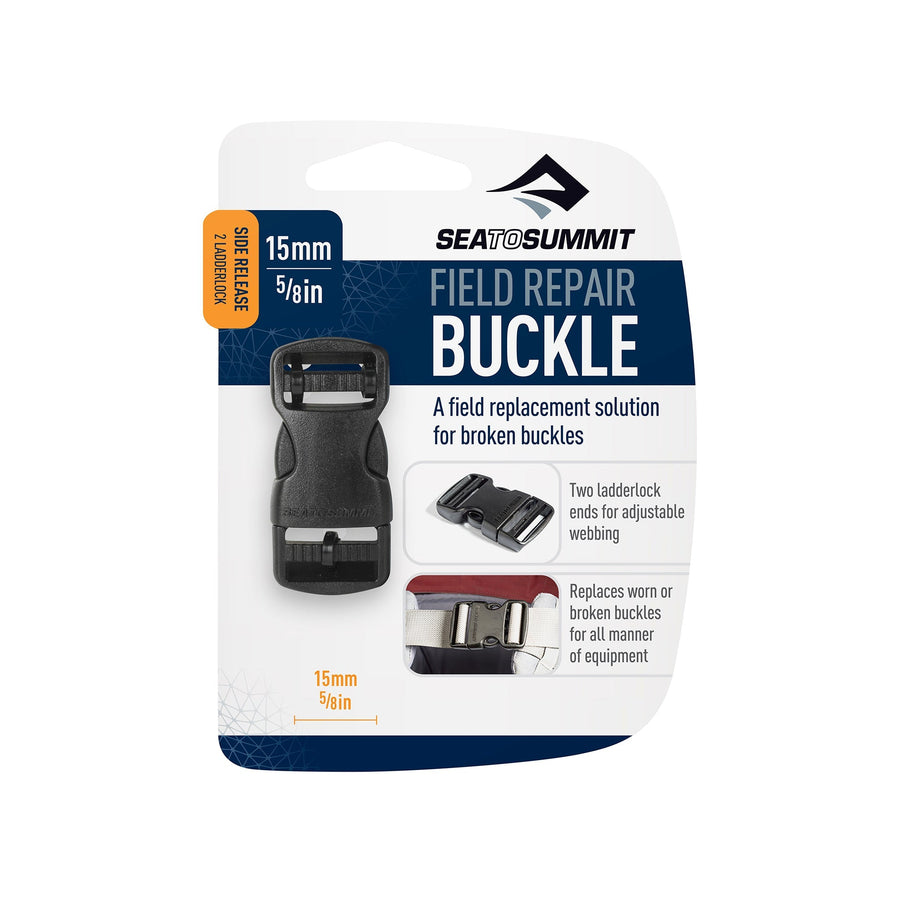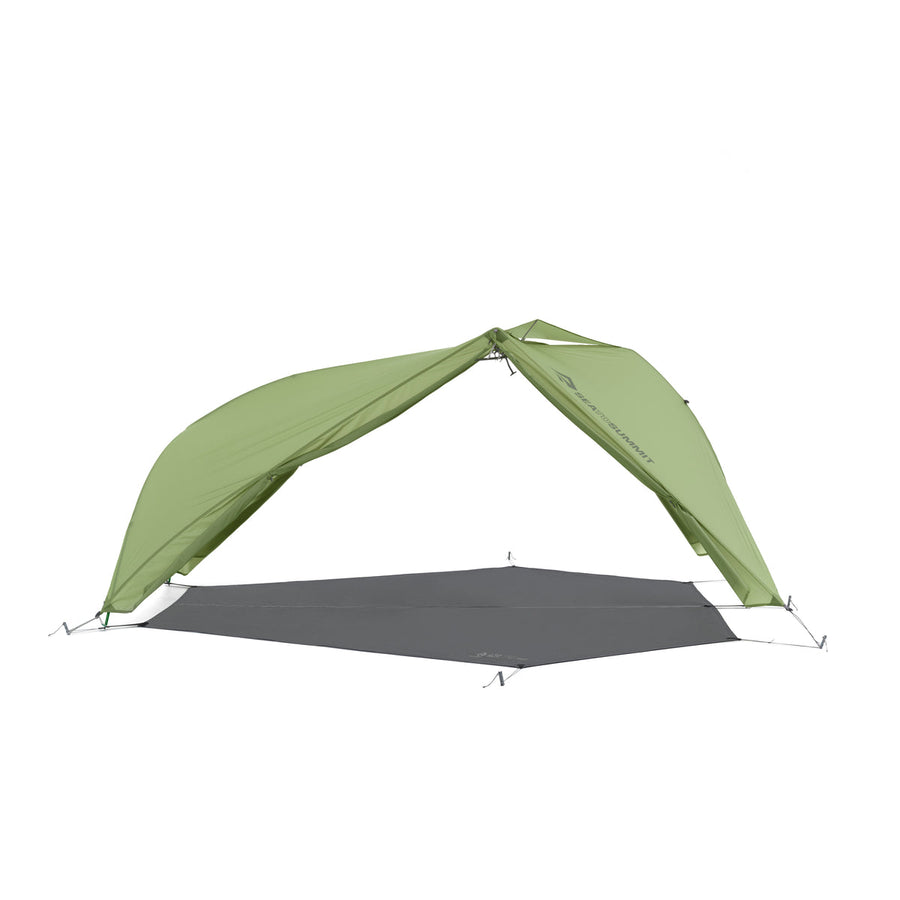Condensation - and what you can do about it

Condensation is the formation of liquid water from water vapor. It occurs in a variety of outdoor gear scenarios (no matter what some manufacturers might suggest).
Having wet gear can mean discomfort in the short term – and may lead to mold & mildew, or to materials being weakened in the longer term.
Here are some instances of where condensation is a factor in outdoor gear, and what you can do to mitigate its effects.
Inside Tents CLICK HERE
Inside Sleeping Bag Shells CLICK HERE
Inside Sleeping Pads CLICK HERE
Under Sleeping Pads CLICK HERE
Inside Dry Bags / Waterproof Pouches CLICK HERE
Inside tents
Condensation forms on the inside of a rainfly (or on the inside surface of a single-skin shelter) for one of two reasons.
- Humidity in the air will turn from vapor into liquid as the falling temperature reaches the dew point. Dew will form on blades of grass outside your tent and on the inside of the material of the canopy.
- Moisture vapor from expelled breath and drying gear inside the tent will touch the relatively cold surface of the canopy and condense.
What to do about it:
- Pitch your tent oriented to the wind and open vents to create as much cross-flow ventilation as possible throughout the night. This is absolutely essential in the case of a single-skin shelter, where any condensation will drip down onto the sleepers (rather than run down the inside of a rainfly as is the case with a double-wall tent).
- Dry your tent out as much as possible in the morning by shaking the fabric and draping the canopy over a bush or tree branch before packing the tent into your backpack.
- If the tent and the rainfly are easily separated, pack them in separate stuff sacks during the day (the rainfly may have more moisture on it than the tent) – otherwise the inside of your tent may be wet when you pitch it at night.
Inside sleeping bag shells
In cooler weather, moisture vapor from the sleeper will condense on the inside of the relatively cold sleeping bag shell material. The claim that a certain shell fabric is “so breathable that condensation cannot form” is simply marketing hyperbole. In really cold weather, this condensation will freeze – once this happens, it is very difficult to get the moisture out of the sleeping bag without introducing it to a warm environment. Moisture in the insulation (particularly down insulation, even if it has been treated to be hydrophobic) will reduce its loft.
What to do about it:
- Air out your sleeping bag in the morning
Inside sleeping pads
Condensation forms when air pads are mouth-inflated – the moisture vapor in the user’s breath touches the fabric of the pad and condenses. Those designs which require a lot of breaths to inflate will have large amounts of condensation inside them. Over time, this will compromise the airproof barrier and is often the reason for the failure of some types of air pads.
What to do about it:
- Don’t buy an air mat unless it has a pump option – this will reduce the amount of moisture vapor introduced to the pad significantly.
- Consider a Sea to Summit Air Sprung Cell Mat – the lamination technology is extremely resistant to the effects of condensation, and all Air Sprung Cell mats are available with a pump option.
- Store any air pad (or pillow) unrolled and with the valve open.
Under sleeping pads
Because the sleeping pad will be resting on the cold floor of a tent, there is a strong likelihood that condensation will form on the lower surface of the pad even if the upper surface appears to be dry. If you leave a sleeping pad in a tightly-rolled state for several days, this moist environment means that you may well begin to grow mold in the face fabric.
What to do about it:
- Dry out your pad along with your sleeping bag in the morning before packing it up.
- Don’t pack your sleeping pad and your sleeping bag in the same dry sack; both will be uniformly damp in the evening.
Inside dry bags / waterproof pouches
Moisture vapor from the air becomes trapped inside dry bags and waterproof pouches at the time when they are sealed shut. If the dry bag/pouch is then used for paddling or boating, the cooler temperatures on the water will often cause this moisture vapor to turn to condensation.
What to do about it:
If you are storing electronics in the dry bag/pouch, place a silica gel pack (the kind you find in shoes, garments, and electronics when they are shipped) inside first. This will absorb the moisture vapor before it can condense.
All outdoor gear should be dried thoroughly as soon as you return home (or get to a point where you will be staying for a few days). For long-term storage, gear should be kept in well-ventilated containers in a dry place to prevent the waterproof or airproof materials from becoming compromised.




































